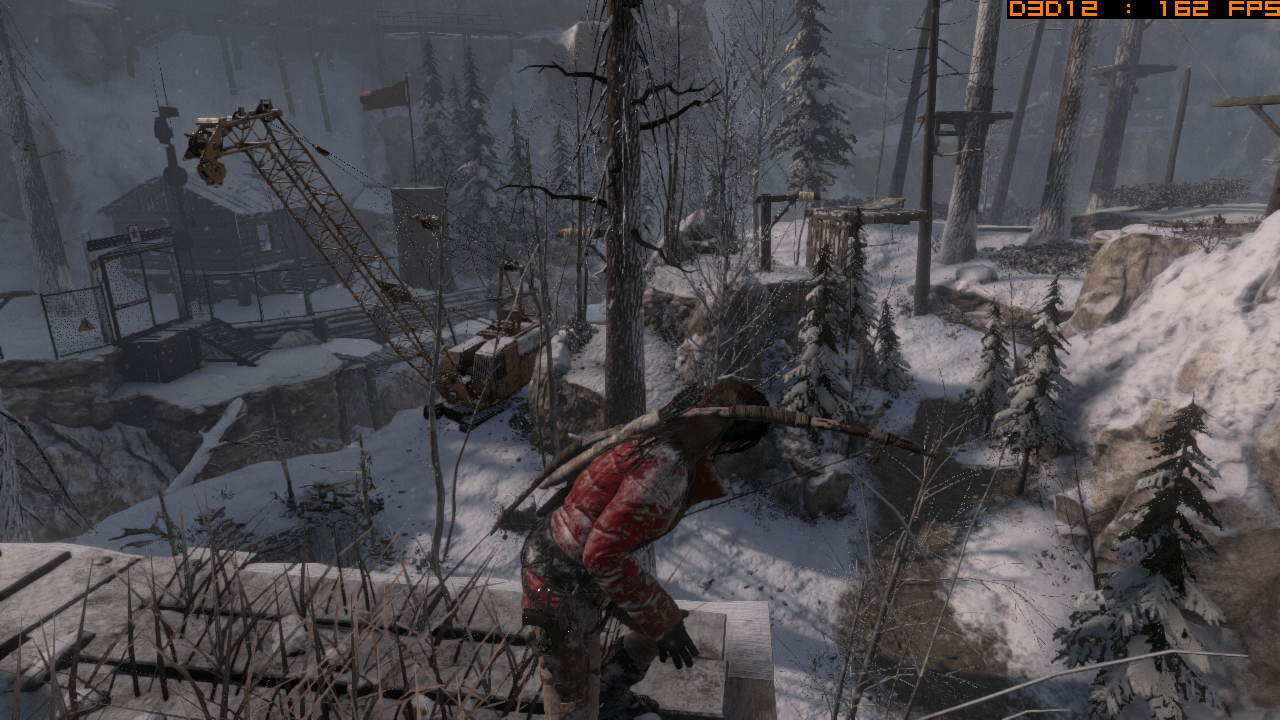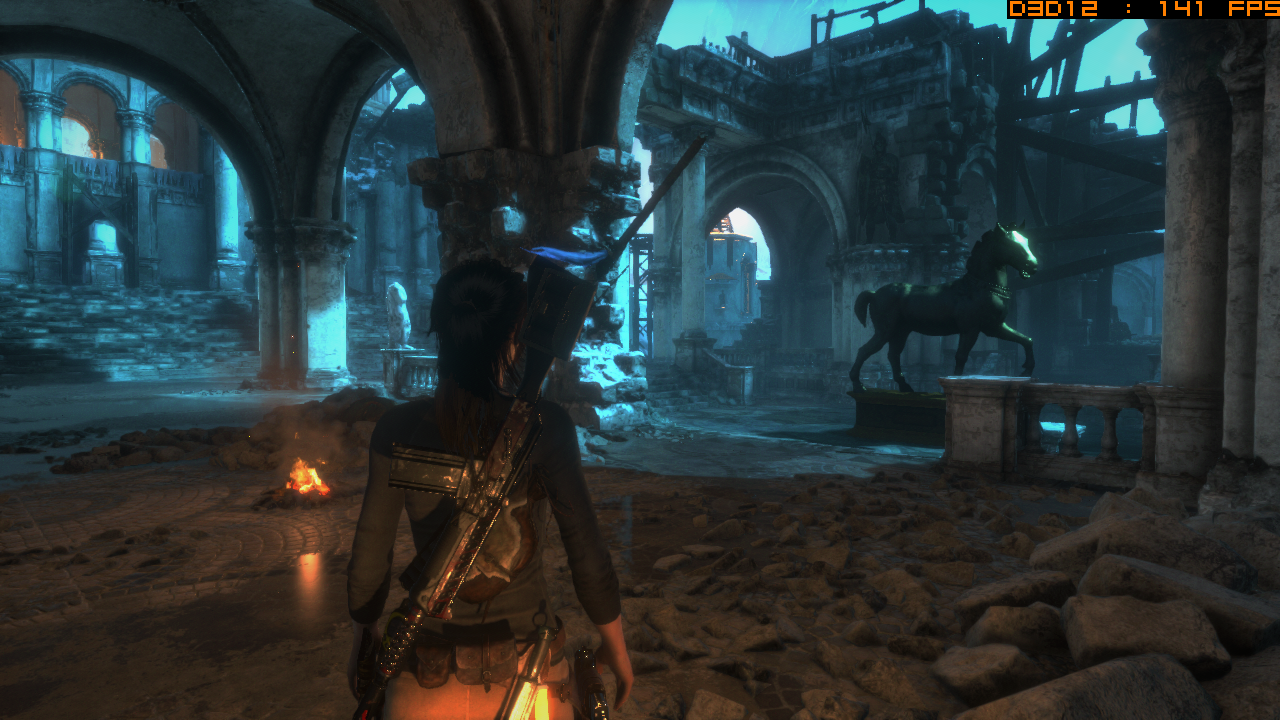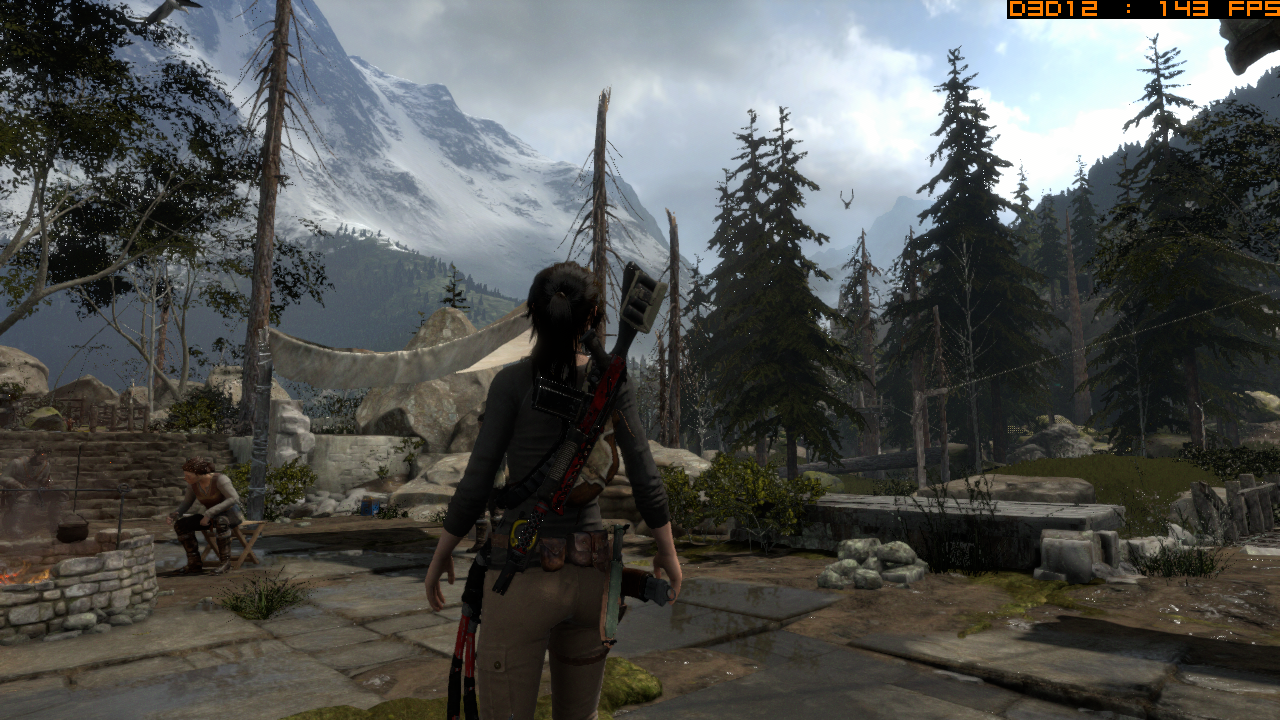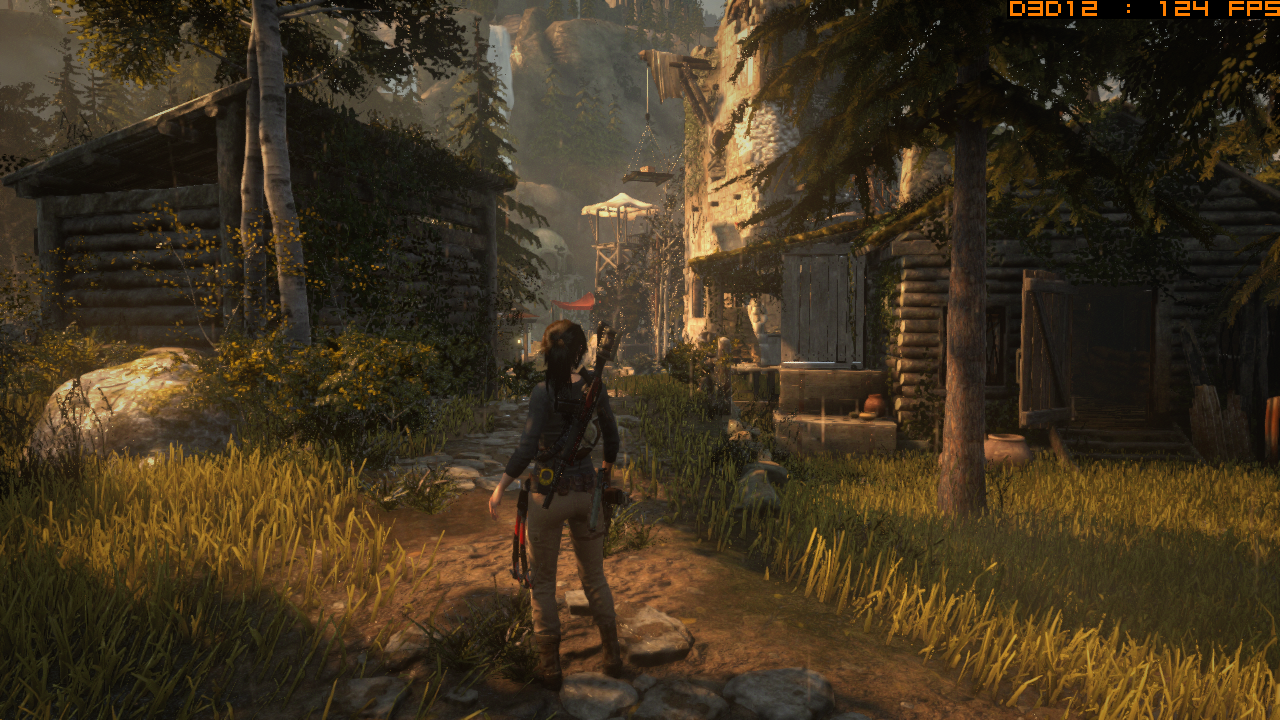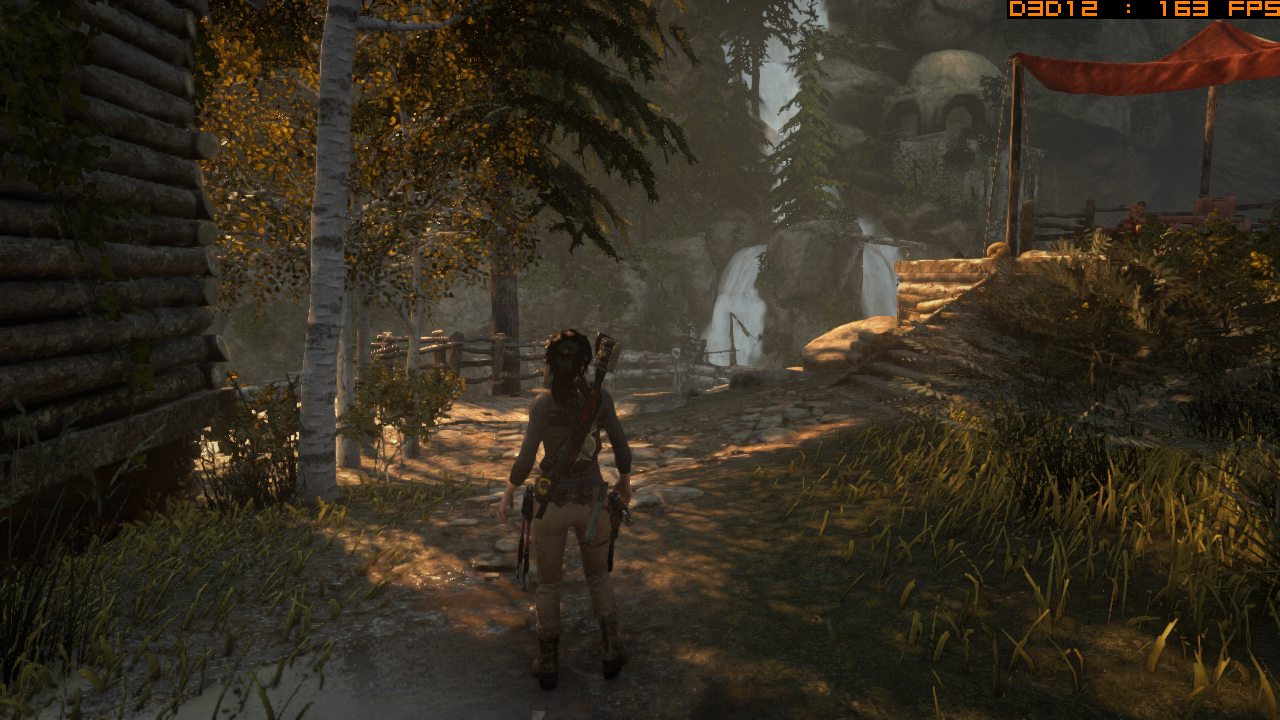I think the context is specifically the DX12 implementation, and under DX11 probably find Nvidia has a bit more control in managing less ideal texture management *shrug*.
But I agree it is interesting this has more of a headache for Nvidia on Ryzen platform than Intel, I would not necessarily say this is just Nvidia's fault though, especially as there are DX12 games that run very well with Nvidia+Ryzen and follow AMD's trend:
Most recent testing comparing Nvidia and AMD in real world gaming scenarios and IMO with a reasonable game selection published May 26th:
https://www.hardocp.com/article/2017/05/26/definitive_amd_ryzen_7_realworld_gaming_guide/1
Just note the 480 has been highly OC'd to represent 580 if looking at performance between 480 and reference 1060 ( the real interest IMO is the relative trend behaviour across all systems comparing AMD and Nvidia), also all CPUs overclocked to what is realistically achievable but notice Intel has slightly faster DDR4 as well so if looking at absolute CPU comparison figure they pretty good on Ryzen IMO.
Note they have been doing this testing for awhile so explains the games (pretty nice selection though as they avoid ones excessive biased for either Nvidia or AMD) and DDR4 settings.
It suggest there are no issues
generally with Nvidia on Ryzen, apart from when we see situations such as the RoTR and some other games that are not really great examples of DX12 such as Total War:Warhammer/Deus Ex:Mankind/Hitman.
What does stand out though in their testing is just how much better Crossfire is on Intel with AMD GPUs compared to Ryzen, something is not right there which is strange considering one would expect CF 480+Ryzen would be top rather than having some big performance losses to Intel depending upon the game where they were also reasonably close with single 480.
So there are quirks for both AMD and Nvidia GPUs on Ryzen in certain game situations.
Cheers




